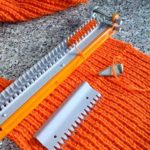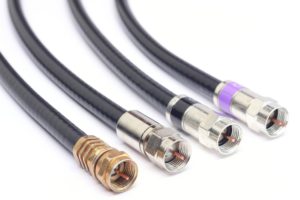How to choose an indoor antenna for your TV
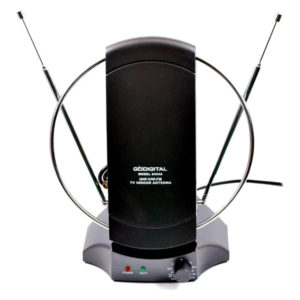 An integral part of the interior of a living room since the middle of the last century has been a television. The quality of the image determines the possibility of obtaining complete information, regardless of its focus: whether it is an advertised product or an interesting film. You can achieve good broadcasting by using cable television or a home antenna. It is installed next to the television receiver.
An integral part of the interior of a living room since the middle of the last century has been a television. The quality of the image determines the possibility of obtaining complete information, regardless of its focus: whether it is an advertised product or an interesting film. You can achieve good broadcasting by using cable television or a home antenna. It is installed next to the television receiver.
Now some TV viewers use so-called dishes to receive a satellite signal. But this is an expensive undertaking, both when purchasing equipment and when paying installation costs. To watch a standard set of channels, a home antenna is the most affordable and convenient means.
The content of the article
Types of indoor antennas
By frequency of radio waves
The difference in frequencies of transmitted radio waves requires design features of the device, 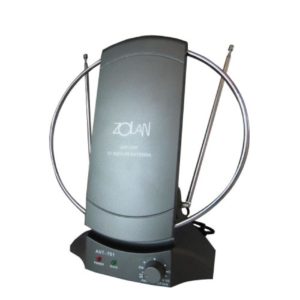 receiving a signal to obtain an image. Therefore, antennas are divided into the following types:
receiving a signal to obtain an image. Therefore, antennas are divided into the following types:
- meter;
- decimeter;
- all-wave.
Meter waves transmit broadcasts from central television channels throughout Russia, and decimeter waves are used by regional television companies and regional television studios.
REFERENCE. To receive both types of signals, an all-wave antenna is used.
It has an increased size compared to its analogue for one type of waves.But the number of channels to which you can tune your TV will increase significantly when using a universal premium device.
By size and design
Externally, the meter one is distinguished by the larger size of the aluminum used 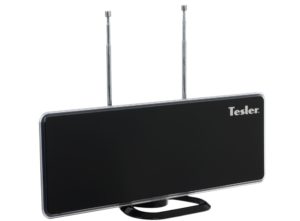 profiles. And the decimeter one has smaller dimensions and is made in the form of a frame structure of rigid welded metal wire or the like.
profiles. And the decimeter one has smaller dimensions and is made in the form of a frame structure of rigid welded metal wire or the like.
What distinguishes a home indoor antenna from an outdoor one is the mandatory presence of a stand, thanks to which the device is placed in a convenient place in the living room.
Modern models of equipment that receives radio signals have a plastic case. Inside it are the necessary elements for converting waves.
By availability of amplifier
Depending on the distance to the repeater, the wave signal can be stronger or weaker. The location range is compensated using an amplifier, which improves the quality of reception.
The presence or absence of such an additional device divides indoor antennas into groups:
- passive;
- active.
A device without an amplifier is classified as a passive device. It receives different types of waves, depending on the design. But only a special board can enhance the signal quality, which distinguishes the active antenna from a regular one. Some types of amplifier circuits require electrical voltage, so they are connected to the network or other power sources.
ATTENTION! Active devices are necessary not only when you are far away from the repeater, but also when connecting two or more TVs to one antenna!
This is due to the fact that when a coaxial cable is divided into two or three connection points, the quality weakens as a multiple of the number of connected consumers!
How to choose a digital indoor antenna
The analog signal is losing its relevance and is being replaced by digital 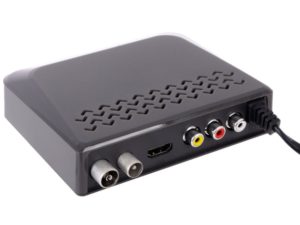 TV. The new wave format is transmitted in the UHF range and has the DVB-T2 standard. This means that not every antenna designed for a given wavelength will be able to receive the digital broadcast of the repeater.
TV. The new wave format is transmitted in the UHF range and has the DVB-T2 standard. This means that not every antenna designed for a given wavelength will be able to receive the digital broadcast of the repeater.
If the range of received waves is large and the height of the location is not below the horizon, then there is a chance to see the figure using the decimeter device used. But in the absence of such conditions, you need a receiver that will allow you to receive waves of the DVB-T2 standard.
The emergence of new digital broadcasting requires additional re-equipment of the receiving device. The receiver is purchased separately and is connected to a coaxial cable through which the signal is transmitted.
IMPORTANT! If you want to replace the antenna, purchase a new one, already with a receiver capable of receiving the digital standard of the desired channels.
Modern models of devices that convert radio signals are equipped with the ability to receive waves of the new standard.
But to obtain a high-quality image, it is important to know about the correspondence of the signal amplification factor to the distance to the radio transmitter. Theoretical calculations on the basis of which antennas with different indicators are proposed can be erroneous. So that the joy of buying a new wave receiving device is not overshadowed by receiving an image with noise, it is purchased in specialized stores, with the possibility of replacing it with a more powerful one.
ADVICE! In remote areas, before purchasing a receiver, study the digital signal coverage map!
If it covers the required territory, then the purchase of such a device will be relevant, and if not, then you should not waste your money.
A large selection of new models with a receiver produced by various enterprises will allow you to select the required equipment not only according to technical, but also aesthetic parameters.
Which antenna to choose for your dacha
When choosing a device for a country house, the following factors are taken into account: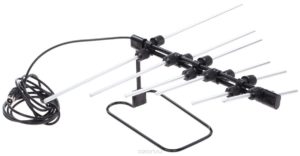
- distance from city repeaters;
- desired channels to watch;
- terrain features;
- budget that can be used for acquisition.
Having weighed their wishes and capabilities, they buy an antenna and install it at their dacha. A smaller number of programs relative to urban reception is a characteristic sign of a long distance to the television towers from which the signal originates.
ATTENTION! It is recommended to place the room unit in a country house under the ceiling of the top floor!
To improve the quality of reception, it can be installed even in the attic or an outdoor model can be used for installation outside.
Having studied the features of purchasing an indoor antenna, you can safely go shopping, taking into account the need to watch certain channels.

